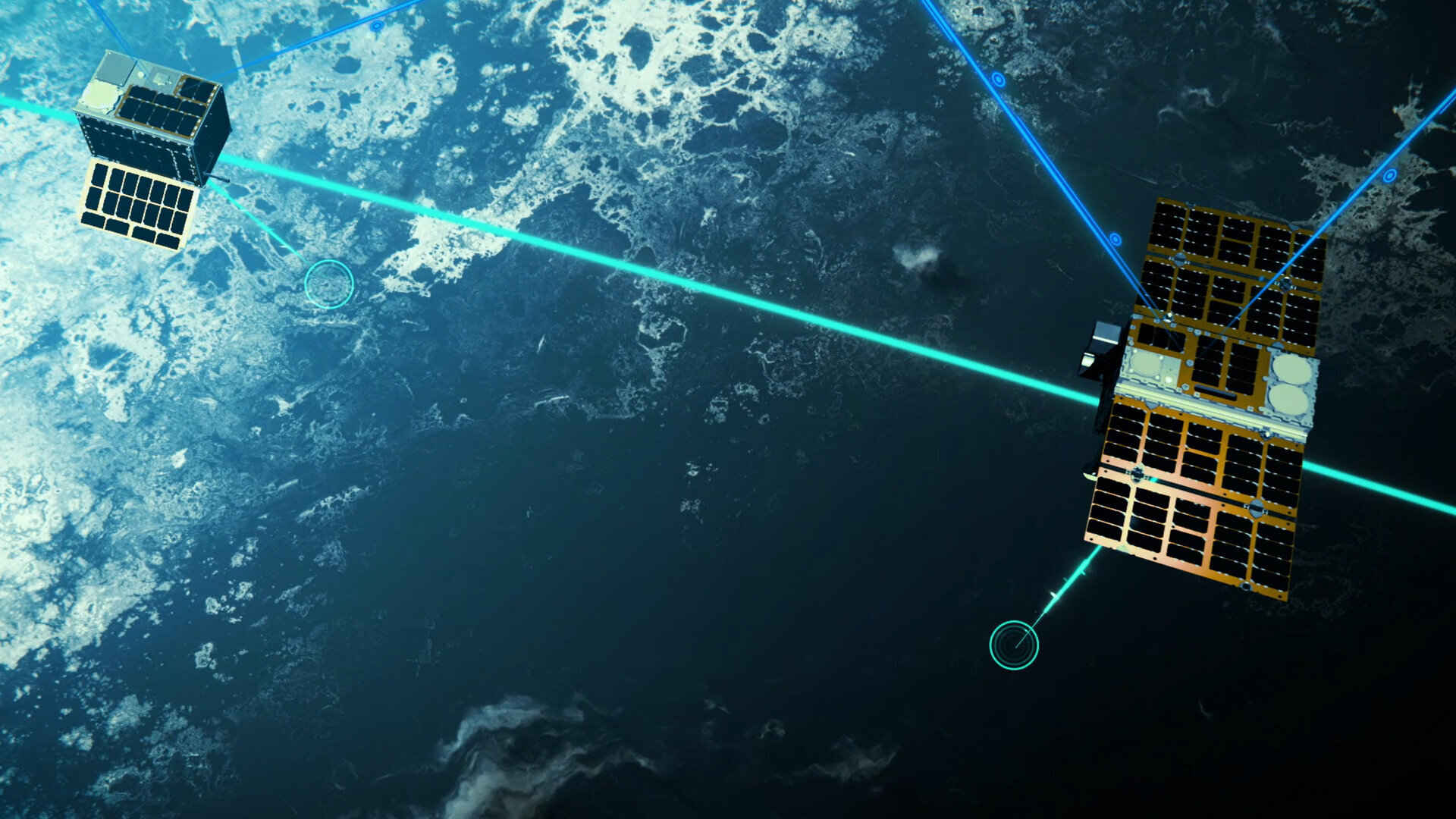6.09.2025

Following the announcement of the upcoming launch of LEO-PNT’s first satellites, ESA has now unveiled the name of the mission. Celeste, as it has been officially designated, will test the potential of a new, low Earth orbit layer of satellites to enhance Galileo’s resilience and complement its capabilities.
Over the past three decades, European satellite navigation systems have become integral to our society. Galileo and EGNOS are a huge success today, powering everything from smartphones to critical infrastructure. Now, ESA’s Low Earth Orbit Positioning Navigation Timing (LEO-PNT) mission, Celeste, is working to ensure these systems remain robust, secure and available.
Galileo and Celeste, a story of support and resilience

The name Celeste is a symbolic wink to the scientific past on which satellite navigation is founded. Maria Celeste was Galileo Galilei’s daughter, and the two shared a strong emotional and intellectual bond. She also honoured her father’s love for astronomy. Based on historic letters between father and daughter, we know how much Galileo valued his daughter and trusted her judgement.
Now, Celeste becomes the name of ESA’s LEO-PNT mission that will ‘mediate’ between Galileo and the rest of the world. The mission aims to demonstrate in orbit new capabilities for added resilience, representing a new dimension of strength for Europe’s navigation capabilities.
Celeste features a constellation of ten satellites that will fly close to Earth to test innovative signals across various frequency bands. The first two Celeste satellites, built in parallel by GMV and Thales Alenia Space, are set to launch in the coming months.

Celeste joins Europe’s satellite navigation family with another symbolic name that links the past to the present, and the future. Europe’s global satellite navigation system is named Galileo, in honour of the famous Italian scientist Galileo Galilei and in recognition of his pioneering role in astronomy, physics and time measurement, all foundational to precise satellite navigation.
The demonstrator satellites for Galileo, launched in 2005 and 2008, were called GIOVE, after the Italian word for Jupiter. This name also paid tribute to Galileo’s achievements in discovering the planet’s four largest Moons which were used to determine longitude from anywhere on Earth.
Quelle: ESA
